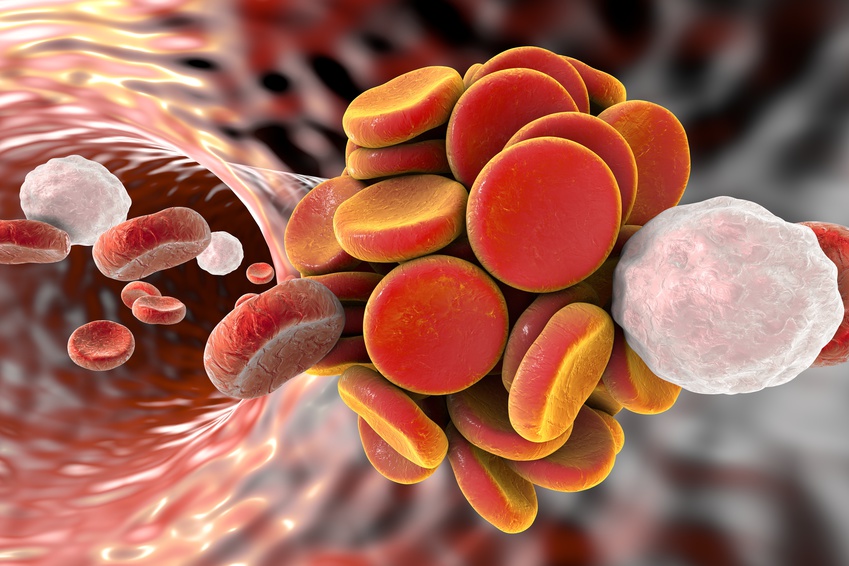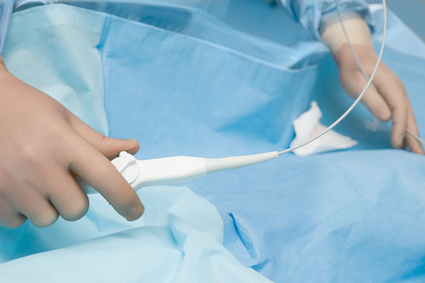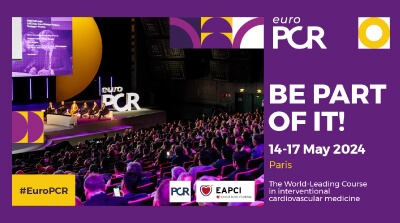The presence of a metallic device interrupts normal laminar flow and creates an artery environment that favors thrombosis, leaving the vessel vulnerable to very late thrombosis. Dual antiplatelet therapy, a better implantation technique, and several improvements in new drug-eluting stents (DES) (thinner struts, and higher polymer stability and biocompatibility) have lowered significantly the incidence of this event, which is now less than 1% at 1 year. While these outcomes are much better than what they were for first-generation DES, they are still far from being perfect.
Bioresorbable scaffolds were developed while focusing on long-term safety and efficacy. Immediate scaffolding to prevent elastic recoil, sealing dissections, carrying anti-proliferating agents such as everolimus, and subsequent bioresorption so that the artery can go back to its normal anatomy and physiology would theoretically translate in clinical benefit during a long-term follow-up.
Read also: “Conscious Sedation in TAVR: Is It Advisable?”
Everolimus-eluting bioresorbable scaffold “Absorb” was found non-inferior to everolimus-eluting stent “Xience” after a 1-year follow-up. However, it also presented higher rates of target-vessel infarction and thrombosis. The promises of “Absorb” should have started to come true after 1 year, which explains the high expectations surrounding this much awaited scientific evidence.
This meta-analysis included 5 randomized studies and a total of 1730 patients. It compared Absorb and Xience after a follow-up of at least 24 months. The primary safety endpoint was definite/probable thrombosis.
Read also: “Additional Benefit from Radial Artery Graft in Myocardial Revascularization Surgery”.
Patients treated with Absorb had a higher risk of definite/probable thrombosis compared with patients treated with Xience (odds ratio [OR]: 2.93; 95% confidence interval [CI]: 1.37-6.26; p = 0.01). Very late thrombosis occurred in 13/996 patients in the Absorb group (1.4%) vs. 1/701 patients in the Xience group (0.5%). In general, 92% of all cases of very late thrombosis in the Absorb group occurred once dual antiplatelet therapy had been interrupted.
Conclusion
Compared with Xience, bioresorbable scaffold Absorb was associated with a higher rate of very late thrombosis, which occurred in 1.4% of all patients.
Editorial
Expectations as regards the long-term benefit of bioresorbable scaffolds are completely shot down by the emergence of this evidence.
Scaffold thrombosis seems to present a bimodal distribution, with an early peak (<30 days) and a late peak after 1 year. The incidence of thrombosis with Absorb (1.4%) is similar to that presented by first-generation DES such as Taxus, and it is three times the incidence presented by new-generation DES such as Xience. These outcomes prove the falsehood of promises of higher safety, as well as of higher efficacy, since the rates of target-vessel revascularization are significantly higher than for Xience.
In that sense, we still do not know if prolonged dual antiplatelet therapy might protect these patients from a risk for very late thrombosis.
Original title: Late Thrombotic Events After Bioresorbable Scaffold Implantation: A Systematic Review and Meta-Analysis of Randomized Clinical Trials.
Reference: Carlos Collet et al. European Heart Journal (2017) 0, 1-8. Epub ahead of print.
Subscribe to our weekly newsletter
Get the latest scientific articles on interventional cardiology
We are interested in your opinion. Please, leave your comments, thoughts, questions, etc., below. They will be most welcome.





